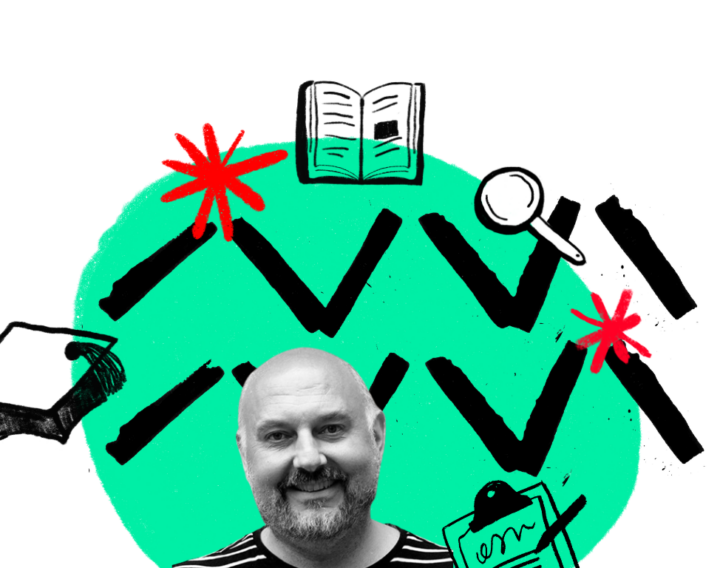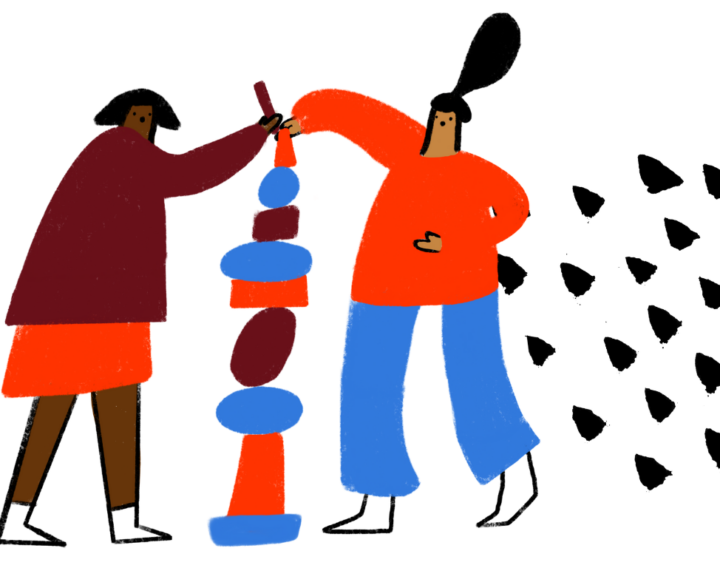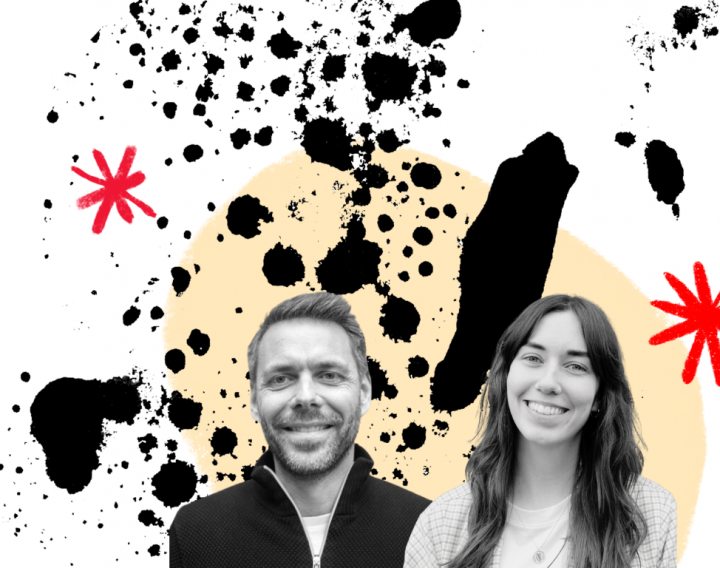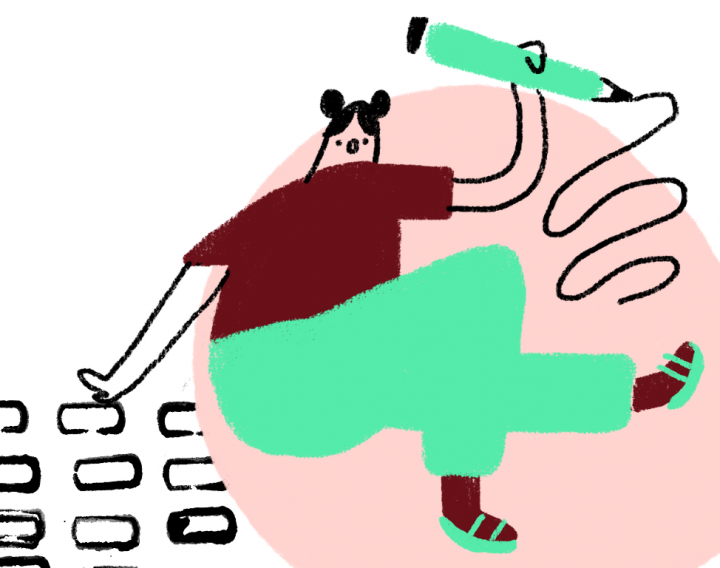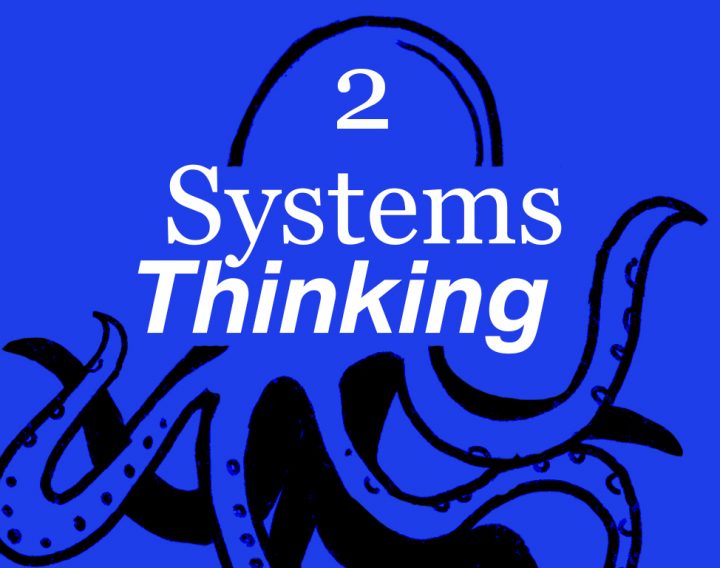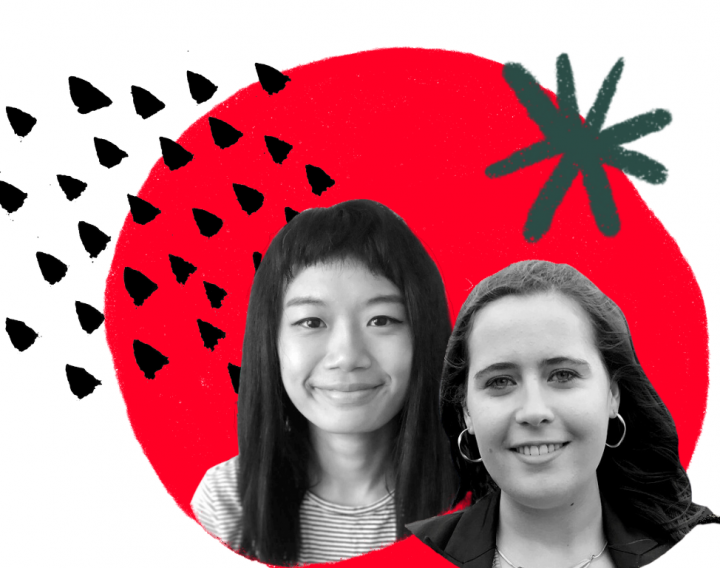Co-designing with young people during a pandemic
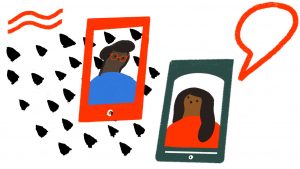
Snook has a lot of experience of co-designing with young people. We’ve worked with them to transform education, social care and housing services over the years. We’ve learned so much with and from them about how to make their voices heard and ensure engagement has real depth - not just a box-ticking exercise.
Snook has a lot of experience of co-designing with young people. We’ve worked with them to transform education, social care and housing services over the years. We’ve learned so much with and from them about how to make their voices heard and ensure engagement has real depth – not just a box-ticking exercise.
But the pandemic made most of our tried and trusted ways of working impossible. We’ve had to re-think how we engage with young people remotely, finding ways to connect and collaborate via screens.
We want to share what we’re learning so more young people can benefit from being actively involved in supporting projects that are designed to benefit them.
A bit of background
We’ve been lucky enough throughout the years to work on multiple projects that centre the voices and experiences of young people.
Check out how we co-founded The Matter in 2013 – a newspaper run, produced and published entirely by young people. We also shaped an alcohol awareness campaign for 16-26-year-olds in Glasgow in 2014 called ‘Whose Round?’, and in 2016 we made GIFs with young people promoting wellbeing as part of the award-winning Aye Mind project.
And if you want a low-down of some of our top tips for co-design with young people, look no further.
Learning to be online together
When the pandemic hit, it was a steep learning curve for all of us. Translating our usual co-design workshops, full of post-it notes, conversation and energy to a screen was tough. Especially when considering the accessibility of the platforms and activities we utilised. How could we include and amplify voices that weren’t as comfortable using technology?
Two recent projects that centred on young people’s voices have turbo-boosted our expertise.
We helped to co-design a youth-led funding process for The National Lottery Community Fund (TNLCF), and we also worked with the Young People in the Lead (YPiL) panel to co-design a social media strategy for TNLCF.
“I’ve got a sense of excitement about how we might be able to support young people to share their work.”
Good timing, breaks, pre-tasks and temperature checks For the Win
In both of these projects, recruitment and engagement proved to be an immediate challenge. Lots of young people expressed feelings of Zoom fatigue after a full day of online learning, as well as having added time pressures at work and with other extracurricular commitments.
Planning when and how to engage to mitigate against this was key:
- Check the timings of remote workshops with the group beforehand. After the school day was the best time for most: after hometime, before dinner. And ninety minutes seemed to be the maximum stretch of engagement possible before distraction kicked in.
- Take regular breaks. Little and often was best. Encourage people to step away from the screen or go outside.
- Make the most of existing relationships. During the YPiL project, we were able to liaise directly with a youth worker who coordinated the group of young people we co-designed with. Having a middle layer of communication between us and the young people allowed them to feedback more openly and effectively.
- Set pre-work. We asked participants to complete tasks before workshops to capture wider insights. This was not only helpful for those who weren’t as active in workshops, but for those who weren’t able to attend at all. We asked about what makes young people feel comfortable in an online environment and adapted our approach to meet their needs.
- Temperate check. Things like pre-work, check-ins and outs during workshops and feedback after them enabled us to gauge energy levels and tailor our content accordingly.
Reimagining incentives
During the Young Start project, we had the freedom to provide incentives for young people’s time. This felt important, particularly during the pandemic, when we weren’t able to offer the usual workshop perks like food and drink.
Some things that we considered:
- Engagement with young people can often feel tokenistic. We had to think creatively about what we offered for the young people’s time and energy on the project that would genuinely have value.
- What kind of incentives would be useful during a pandemic. E-shopping vouchers from Love2Shop meant that young people could access them online, at a wide variety of different shops.
- How we could offer meaningful professional support to the core group who committed to attending every remote workshop. They were allocated time with a Snook team member, to get advice and guidance around working in a professional environment, and practical support building a Linkedin profile and CV. Each member left with a testimonial from Snook.
This helped to increase confidence, communication skills and hopefully, will lead to career development opportunities.
“Young people being involved will change the shape of projects. Affecting the lives of everyone.”
Flexibility and rough working
Often, we didn’t know how many young people were going to turn up to a remote workshop. This meant it was important to have a Plan A, B and C at the ready.
Some ways to maintain flexibility:
- When designing the workshops, we were flexible with timings for activities. And we made sure that there were multiple ways for people to participate: through the chat, through open discussion and through individual reflection using tools like Miro and Jamboard.
- A regular weekly time slot with the YPiL team meant that we were able to iterate week on week, depending on feedback and group size.
- Remote working allowed us to test various different co-design methods quickly. For instance, we facilitated workshops where young people and key adult stakeholders within organisations collaborated together in live sessions.
- We used breakout rooms so young people had 1:1 time with a professional, Show & Tells to feedback ideas and open discussions to build on ideas together.
It was important that collaborative working wasn’t complicated as this would be off-putting. In the YPiL project, young people and some of the branding and communications teams at TNLCF worked out their ideas for Instagram content by collaborating live on Google slides. Young people felt their voices were truly being heard, and stakeholders were directly influenced.
This way of working builds relationships and transparency. It puts youth in the lead and creates lasting confidence and impact.
Why our approach was different: Young Snooks in the lead
As well as ensuring young people’s voices were heard via the participants’ contributions, we also made sure that young people were integral to the Snook team itself:
- During the Young Start project, Lorn, our service design intern, tested activities and offered insights and learnings from her own experiences of raising funding and participating in online workshops.
- We also benefited from a strong team of associate service designers, in their early 20s, who were able to bring varying experiences to the fore: from deep expertise in social media to frontline experience facilitating conversations in a sex education context.
- Between our different teams, we shared learnings in weekly stand-ups. This joined-up approach allowed us to pilot workshop content beforehand and gain live feedback.
It was important that this work could be picked up and continued beyond our time on the projects. We delivered relationship blueprints based on real user needs and mapped sustainable cycles for youth involvement that the clients were able to use going forward.
“We haven’t worked in this way before, so it feels like the young people will be blazing a trail and opening up other opportunities for us.”
Get in touch
Are you keen to amplify the voices of young people you work with? Perhaps you have an advisory panel who you’d like to co-design with or young people who can help shape your services to work better for them?
We’re always up for a chat, so do get in touch with us at curious@wearesnook.com.
Now, more than ever, we’re committed to supporting young people to lead, and helping organisations put their needs first.
written by Matilda Lawrence-Jubb and Robyn Greenland. All quotes from members of The National Lottery Community Fund and Young People in the Lead teams.
